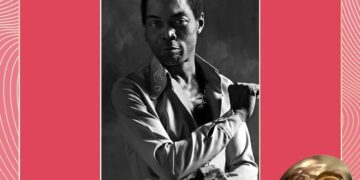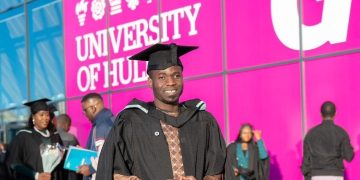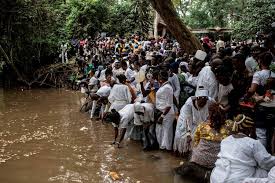The Osun Osogbo Festival is one of Nigeria’s most revered traditional celebrations, held annually in Osogbo, the capital of Osun State. Rooted in Yoruba spirituality and cultural heritage, the festival has grown into an international spectacle. Here are 20 facts to know:
1. The Osun Osogbo Festival is held every August to honour Osun, the Yoruba goddess of fertility and the sacred river that bears her name.
2. The festival spans two weeks and features rituals, city cleansing, traditional performances, and a grand procession to the sacred Osun Grove.
3. Its origins date back over 700 years, when hunter Olutimehin and his followers settled near the Osun River and entered a covenant with the goddess.
4. Osun promised protection and prosperity in exchange for an annual sacrifice, which formed the foundation of the present-day festival.
5. Celebrations begin with Iwopopo, a traditional ritual to spiritually cleanse the town of Osogbo.
6. Three days later, the ancient 16-point lamp, Ina Olojumerindinlogun, is lit in a ceremony believed to connect the people with ancestral spirits.
7. The Iboriade follows, during which the crowns of past kings (Ataojas) are brought out and blessed, symbolising continuity of leadership and divine endorsement.
8. The festival’s grand procession is led by the Ataoja of Osogbo and the Arugba, a virgin maiden who carries a sacred calabash containing ritual offerings.
9. The Arugba is a central figure. She symbolises purity and is believed to carry the community’s prayers, hopes, and burdens.
10. The event is rich with Yoruba language, praise-singing, drumming, dancing, and colourful traditional attire worn by worshippers and visitors.
11. In 2005, the Osun Osogbo Sacred Grove was designated a UNESCO World Heritage Site, recognising its cultural and ecological significance.
12. The Grove, once neglected, was revitalised in the 1950s through the efforts of Austrian artist Susanne Wenger, who was later given the title Adunni Olorisha.
13. Wenger collaborated with Yoruba priests and artists to restore shrines and sculptures in the Grove, forming the New Sacred Art movement.
14. Nigerian sculptor Adebisi Akanji was one of the prominent artists who contributed intricately designed artworks now found within the Grove.
15. While deeply spiritual, the festival has grown into a global event, attracting worshippers and tourists from countries such as Brazil, Cuba, Jamaica, the UK, and the US.
16. In 2024, Osun State Police assured the public of tight security arrangements, helping ensure the festival was held peacefully amid suspended protests.
17. That same year, a decision by the organisers to restrict media access without prior approval sparked controversy and criticism among journalists.
18. The festival boosts the local economy, with artisans selling traditional textiles like adire, beadwork, carvings, and souvenirs to the influx of visitors.
19. Foreign visitors often describe the experience as spiritually enriching, culturally vibrant, and visually spectacular.
20. At the 2024 grand finale, thousands gathered at the Sacred Grove, reaffirming the festival’s role as a celebration of Yoruba culture and a unifying spiritual event.













































































 EduTimes Africa, a product of Education Times Africa, is a magazine publication that aims to lend its support to close the yawning gap in Africa's educational development.
EduTimes Africa, a product of Education Times Africa, is a magazine publication that aims to lend its support to close the yawning gap in Africa's educational development.

